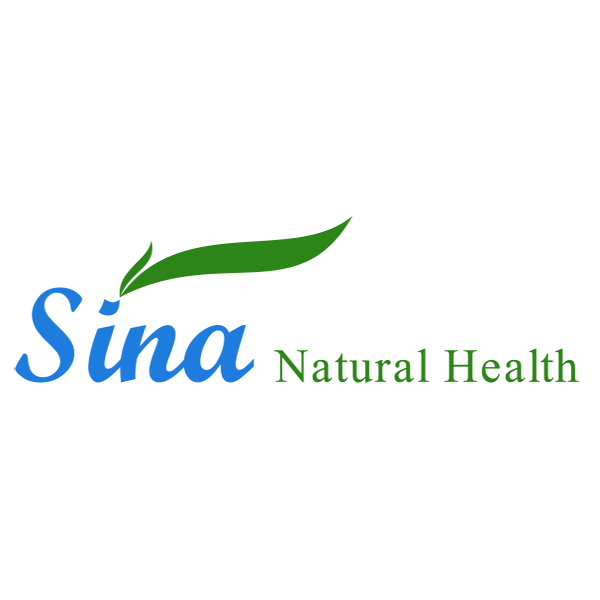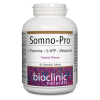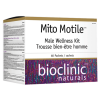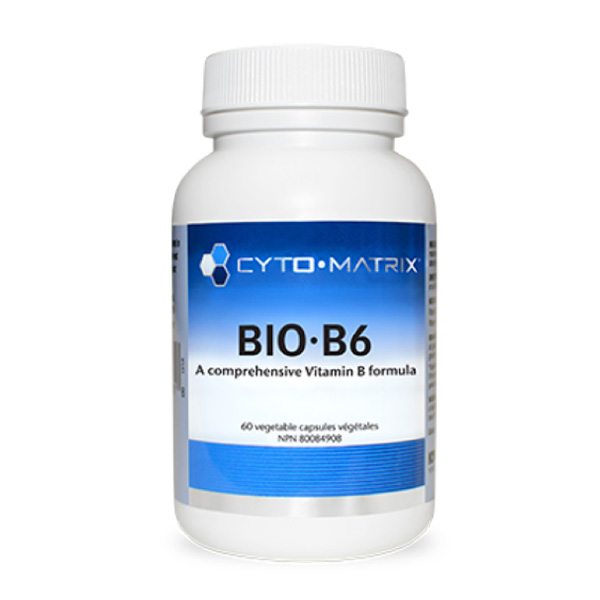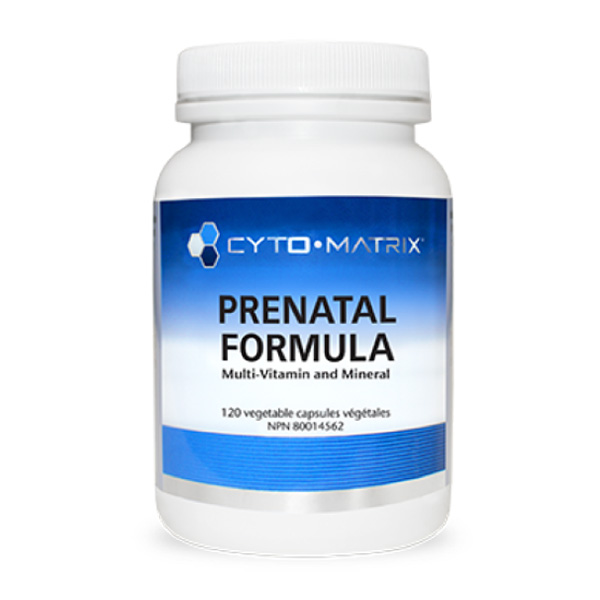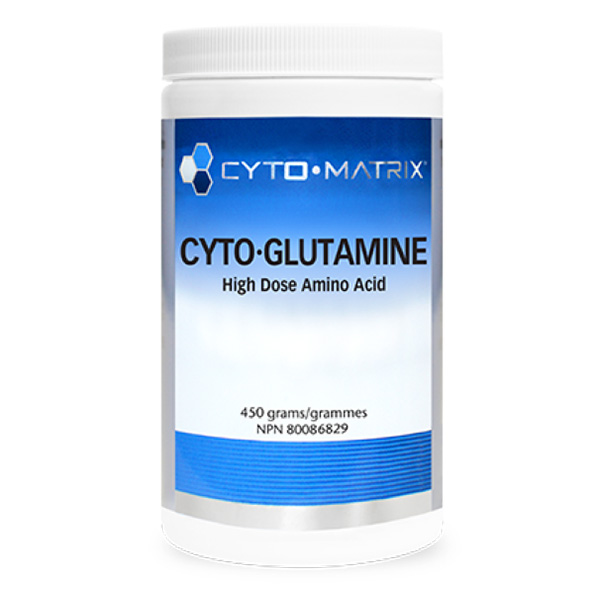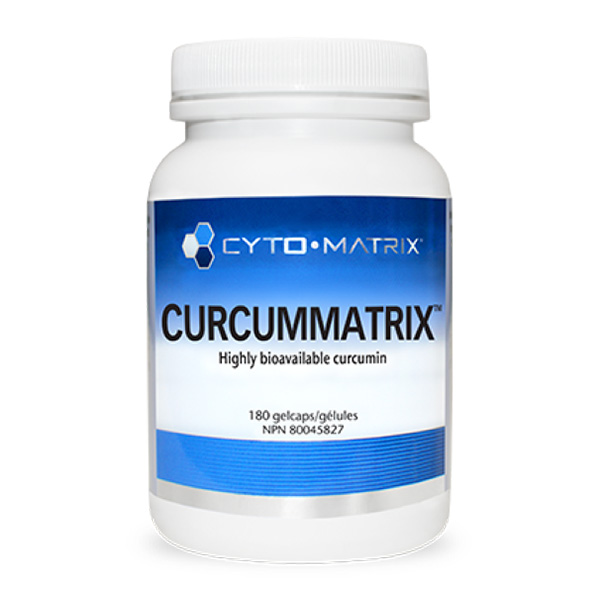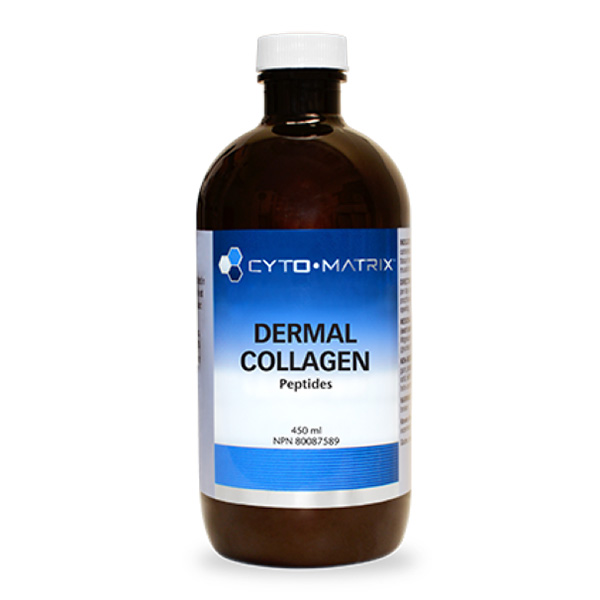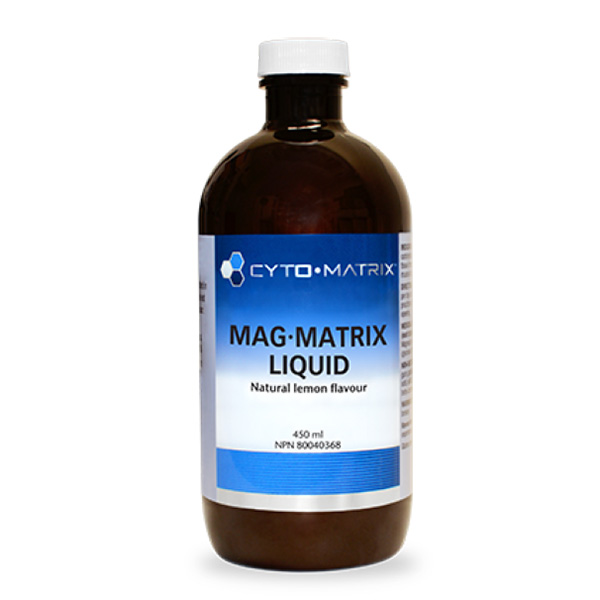Bioclinic – Inspir-Action
$18.40
Helps Relieve Symptoms of Chronic Bronchitis
60 Tablets ( SKU: 9604, NPN: 80040826 )
Benefits
- Provides mucolytic, demulcent, and antitussive action for relief of cough, bronchitis, sinusitis, congestion, and other respiratory conditions
- Respiratory formula with a unique combination of botanicals and nutrients designed to reduce symptoms and restore function
- Clinically relevant dosages of each active ingredient
- NAC also increases glutathione levels, a key antioxidant in lung tissues
Feature Summary
Inspir-Action® provides a potent combination of nutrients and botanicals to provide relief from symptoms and improve respiratory function. N-acetyl-L-cysteine (NAC) is a well-established mucolytic with the ability to break disulfide bonds, and has shown clinical benefit for individuals with COPD, bronchiectasis, and pulmonary fibrosis.1-6 NAC has also been shown to decrease symptoms of influenza-like infection, increase glutathione and sulfotransferase levels, inhibit activation of the inflammatory NF-kB pathway, and modulate immune function.7-10
Proteolytic enzymes can lower the viscosity of mucous secretions, and in a randomized trial bromelain reduced symptoms of acute sinusitis in children more effectively than a standard therapy.11 Marshmallow is widely used for cough and soothing of irritated mucous membranes, with mucilaginous and bio-adhesive effects attributed to polysaccharides extracted from the root.12 English ivy extract increases beta-2-adrenergic bronchial activity, relaxing smooth bronchial musculature and increasing surfactant factors. It has been shown to be an effective treatment for acute bronchitis and to improve lung function among asthmatic children when used in addition to standard medication.13,14 Extracts of mullein, wild cherry, and horehound similarly have a long history of use for various respiratory tract pathologies. These ingredients complement this formula with a unique combination of demulcent, emollient, expectorant, and antitussive properties to provide relief from symptoms.15
Medicinal Ingredients
| Each Tablet Contains: | |
| N-Acetyl-L-Cysteine | 200 mg |
| Bromelain (Ananas comosus var. comosus) (stem) | 100 mg (1,500,000 FCC PU*) |
| Marshmallow Extract 4:1 (Althaea officinalis) (root) | 100 mg |
| Mullein Extract 4:1 (Verbascum thapsus) (leaf) | 100 mg |
| Wild Cherry Extract 4:1 (Prunus serotina) (bark) | 100 mg |
| Horehound Extract 4:1 (Marrubium vulgare) (herb) | 50 mg |
| Ivy Extract (Hedera helix) (leaf) (10% Hederacoside) | 50 mg |
| *FCC: Food Chemical Codex, PU: Papain Unit | |
Non-Medicinal Ingredients
Microcrystalline cellulose, croscarmellose sodium, coating (carbohydrate gum [cellulose], glycerin), vegetable grade magnesium stearate (lubricant).
Allergens:
Contains no artificial colours, preservatives, or sweeteners; no dairy, starch, sugar, wheat, gluten, yeast, soy, egg, fish, shellfish, salt, tree nuts, or GMOs. Sealed for your protection. Do not use if seal is broken. For freshness, store in a cool, dry place.
Recommended Use:
1 tablet 3 times per day with food providing protein or as directed by a health care practitioner. Take 2 hours before or after taking other medications. For prolonged use, consult a health care practitioner.
Contraindications
Consult a health care practitioner if symptoms persist and worsen. Do not use if you are pregnant or breastfeeding. Consult a health care practitioner prior to use if you have gastrointestinal lesions/ulcers, cystinuria, are taking anticoagulants/blood thinners, anti-inflammatory agents, antibiotics, nitroglycerin, or hypoglycemic drugs, or are having surgery. Hypersensitivity/allergy has been known to occur, in which case discontinue use. Nausea, vomiting, and diarrhea have been known to occur, in which case discontinue use and consult a health care practitioner. Keep out of the reach of children.
Drug Interactions
Although NAC may reduce nitroglycerin tolerance and improve its efficacy for unstable angina, severe headaches and hypotension may occur. Bromelain may increase the concentration of several antibiotics and should be used with caution in patients on anticoagulants. Marshmallow may have a hypoglycemic effect and should be used with caution with antidiabetic medications.
- Sutherland, E. R., Crapo, J. D., &Bowler, R. P. (2006). N-acetylcysteine and exacerbations of chronic obstructive pulmonary disease. COPD, 3(4), 195-202.
- Demedts, M., Behr, J., Buhl, R., et al., for the IFIGENIA Study Group. (2005). High-dose acetylcysteine in idiopathic pulmonary fibrosis. New England Journal of Medicine, 353(21), 2229-2242.
- Aldini, G., Altomare, A., Baron, G., et al. (2018). N-Acetylcysteine as an antioxidant and disulphide breaking agent: the reasons why. Free Radical Research, 52(7), 751-762.
- Mokhtari, V., Afsharian, P., Shahhoseini, M., et al. (2017). A review on various uses of N-Acetyl Cysteine. Cell Journal, 19(1), 11-17.
- Qi, Q., Ailiyaer, Y., Liu, R., et al. (2019). Effect of N-acetylcysteine on exacerbations of bronchiectasis (BENE): a randomized controlled trial. Respiratory Research, 20(1), 73.
- Zheng, J. P., Wen, F. Q., Bai, C. X., et al. (2014). Twice daily N-acetylcysteine 600 mg for exacerbations of chronic obstructive pulmonary disease (PANTHEON): a randomised, double-blind placebo-controlled trial. Lancet Respiratory Medicine, 2(3), 187-194.
- Palacio, J. R., Markert, U. R., &Martínez, P. (2011). Anti-inflammatory properties of N-acetylcysteine on lipopolysaccharide-activated macrophages. Inflammation Research, 60(7), 695-704.
- Zafarullah, M., Li, W. Q., Sylvester, J., et al. (2003). Molecular mechanisms of N-acetylcysteine actions. Cellular and Molecular Life Sciences, 60(1), 6-20.
- De Flora, S., Grassi, C., &Carati, L. (1997). Attenuation of influenza-like symptomatology and improvement of cell-mediated immunity with long-term N-acetylcysteine treatment. European Respiratory Journal, 10(7), 1535-1541.
- Zuhra, K., Tomé, C. S., Masi, L., et al. (2019). N-Acetylcysteine serves as substrate of 3-Mercaptopyruvate sulfurtransferase and stimulates sulfide metabolism in colon cancer cells. Cells, 8(8), 828.
- Braun, J. M., Schneider, B., &Beuth, H. J. (2005). Therapeutic use, efficiency and safety of the proteolytic pineapple enzyme Bromelain-POS in children with acute sinusitis in Germany. In Vivo, 19(2), 417-421.
- Deters, A., Zippel, J., Hellenbrand, N., et al. (2010). Aqueous extracts and polysaccharides from Marshmallow roots (Althea officinalis L.): cellular internalisation and stimulation of cell physiology of human epithelial cells in vitro. Journal of Ethnopharmacology, 127(1), 62-69.
- Cwientzek, U., Ottillinger, B., &Arenberger, P. (2011). Acute bronchitis therapy with ivy leaves extracts in a two-arm study. A double-blind, randomised study vs. another ivy leaves extract. Phytomedicine, 18(13), 1105-1109.
- Zeil, S., Schwanebeck, U., &Vogelberg, C. (2014). Tolerance and effect of an add-on treatment with a cough medicine containing ivy leaves dry extract on lung function in children with bronchial asthma. Phytomedicine, 21(10), 1216-1220.
- Turker, A. U., &Gurel, E. (2005). Common mullein (Verbascum thapsus L.): recent advances in research. Phytotherapy Research, 19(9), 733-739.
Related Documents
| Weight | 0.1 kg |
|---|
